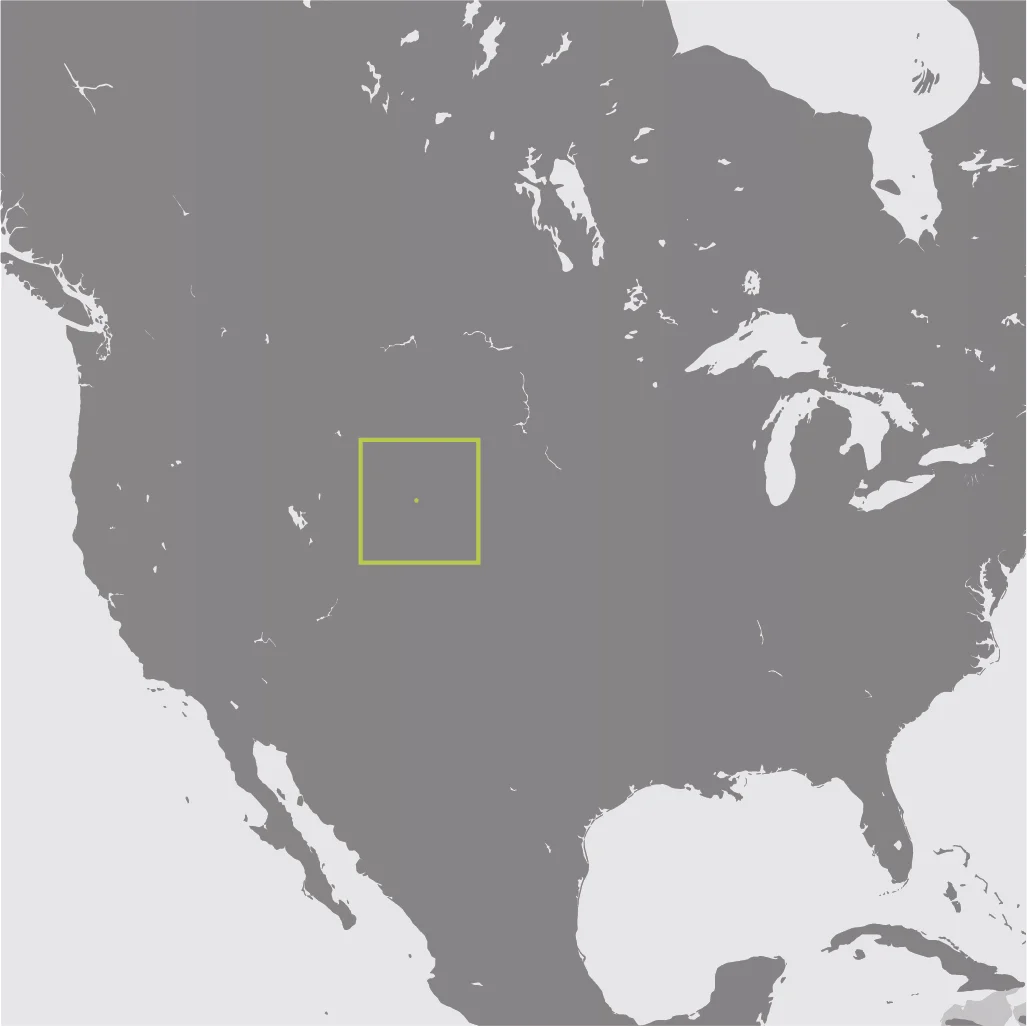Wyoming Toad
"Just Chillin’" by Jose Vazquez (digital)
“When you hear about endangered animals you usually think about the Giant Pandas of China or the Rhinos of Africa. I didn’t realize that these little guys from the US were on their way to being gone forever. I definitely wanted to find out more and as soon as I chose these guys I began to learn more about what is happening to them and their environment.”
Your purchase is helping Expedition Art and SavingSpecies purchase land in Sumatra! Learn more about the project.
Habitat
The Wyoming toad is an extremely rare amphibian that exists only in captivity and within Mortenson Lake National Wildlife Refuge in Wyoming in the United States.
Family Life
Wyoming toads are nocturnal. They have poor eyesight and cannot detect motionless insects. They are only able to identify insects that fly or walk on the ground.
The Wyoming toad is active from May to September. It hibernates in the underground burrow (called hibernacula) during the rest of the year. Males gather near the shallow pools of water and produce loud calls which attract females. Male grasps female from behind during the copulation and releases sperm cell on the hundreds of eggs that female expels from the body. Fertilized eggs are arranged in the form of gelatinous strings.
Eggs develop in the water. Tadpoles hatch from the eggs 3 to 20 days later, depending on the temperature (higher temperature accelerates development). They transform into young toads after 30 days. Males reach sexual maturity at the age of 2 years, females at the age of 3 years.
Lifespan
Wyoming toad can survive 8 to 10 years in the wild.
Hunting Habits/Diet
Wyoming toad is a carnivore. Its diet is based on insects especially ants and beetles and small invertebrates. However, tadpoles are vegetarians whose diet is based mostly on algae.
Population
Back in 1985, there were only 16 left, however after a 30-year collaboration between the state, federal agencies, landowners, non-profits and the University of Wyoming, there are about 1,500 Wyoming toads.
Fun Fact
The Wyoming toad relies on its prey to move in order to hunt because of its poor eyesight.
Why are they Endangered?
Wyoming toads have a shorter life span than other toad species, and they are very vulnerable to infectious diseases, especially chytrid fungus which can be found at Mortenson Lake. The Wyoming Toad is also faced with global warming because of the raised salt levels in Mortenson Lake, their only home, the raised salt levels are caused by drought-related increases in evaporation which is observed as an effect of global warming.
Status
Extinct in the Wild (until recently)

